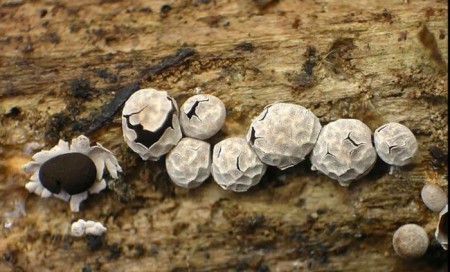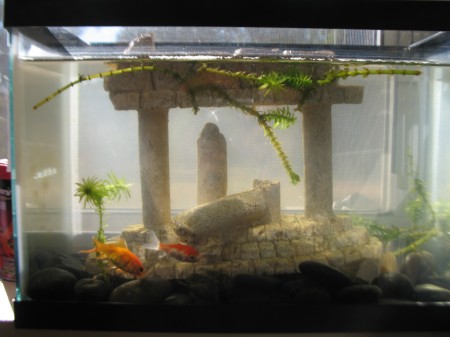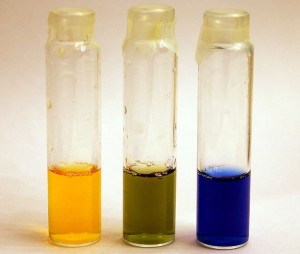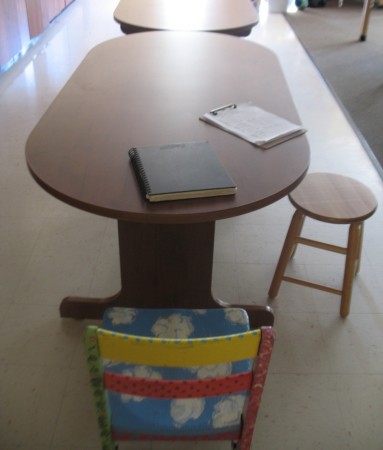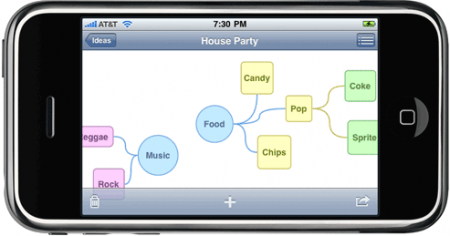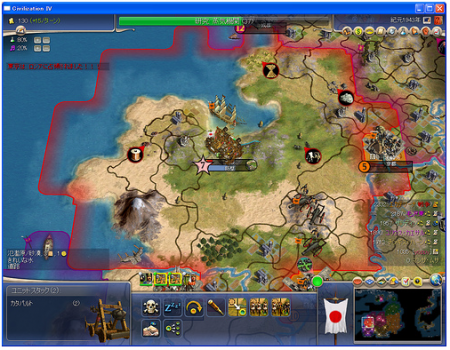Woolley says she was surprised to find that neither the average intelligence of the group members nor the intelligence of the smartest member played much of a role in the overall group intelligence. Social sensitivity – measured using a test in which participants had to identify another person’s feelings by looking at photographs of their eyes – was by far the most important factor. – from Frankel (2010), Social sensitivity trumps IQ in group intelligence.
I’ve been thinking that it would make sense to have specific lessons on how to work in a group. Montessori students do a lot of group work and should be quite practiced at it by the time they get to middle school. In an increasing complex and interrelated world the ability to work in diverse, interdisciplinary groups is increasingly important, which makes it pertinent to consider and adapt to research on group intelligence.
The key research finding from this recent paper is that the “intelligence” of a group depends most on the sensitivity of members to the feelings of others, which is called social sensitivity. Individual intelligence of group members have little if any impact on the effectiveness of the group. Good social sensitivity of group members allowed everyone to contribute to the benefit of the group.
Apparently, women tend to be more socially sensitive. If this research holds up then we’ll have to consider how to teach social sensitivity to everyone. We already try to teach students how to behave and interact in a group; letting everyone have a chance to speak, for example, is another sign of good group intelligence. But to become more socially sensitive, students need to become more aware of others’ feelings. It’s something we already try to convey, and most of our students are aware if it, yet I can’t help but think that they might benefit from a full, Montessori, three-part-lesson on how to work in a group.
The lesson would probably fit best into the orientation cycle when we talk about community building, or maybe I can tie it into the Personal World curriculum next cycle. There are differences between small group dynamics and large community interactions that may make separation of these two topics important.
NPR also had a good story on the research paper mentioned above:
